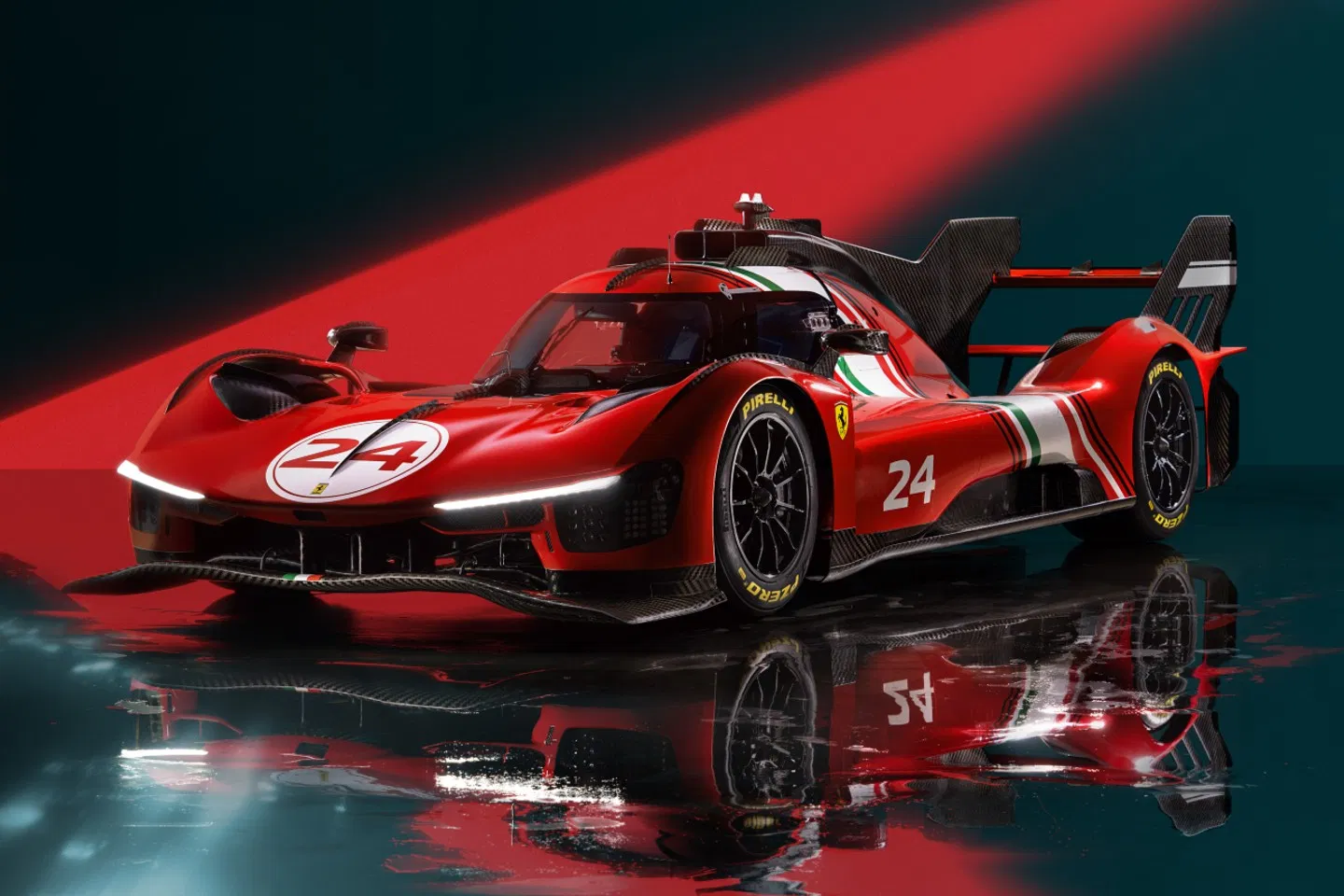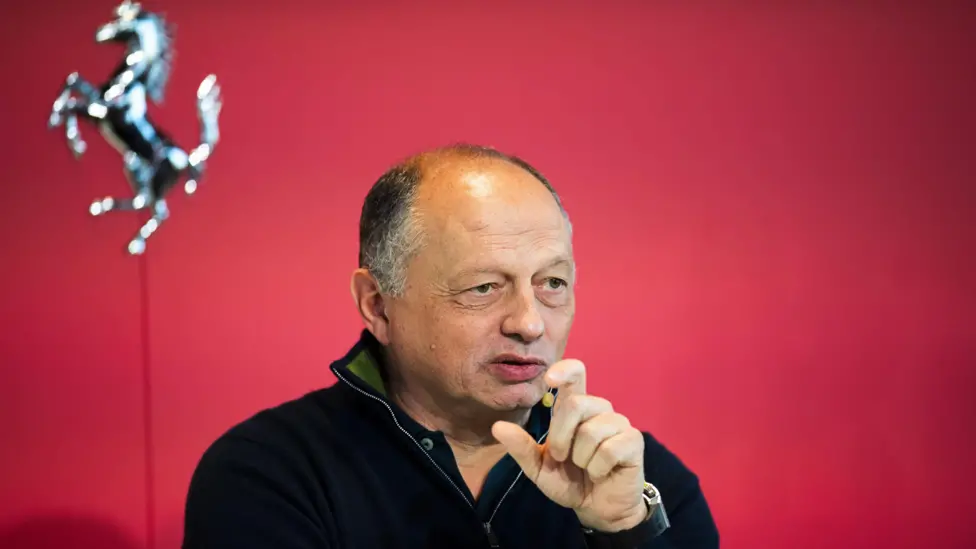Prancing Horse Blues? A Look at Ferrari’s 2025 Formula 1 Season So Far
The 2025 Formula 1 season was met with a wave of anticipation for Scuderia Ferrari. The arrival of seven-time world champion Lewis Hamilton alongside the established talent of Charles Leclerc created arguably the most exciting driver pairing on the grid. Coupled with the evolution of their car, the SF-25, many expected Ferrari to mount a serious challenge for championship glory. However, as we move through the early stages of the season, the reality has been somewhat different, leaving fans and the team itself with a mixture of hope and concern.
Ferrari currently sits fourth in the constructors’ standings, a position that hardly reflects the pre-season optimism. While Hamilton did secure a thrilling sprint race victory in China, Grand Prix podiums have remained elusive for both drivers in the opening three rounds. This points to an inconsistency in their overall pace and race execution.
The SF-25, described as a “top-to-tail evolution” of its predecessor, introduced several key changes, most notably a switch to pull-rod front suspension. The thinking behind this change was to “clean up the airflow around the car, while also giving greater scope for further aero development”. Other notable updates included revised sidepods with a “McLaren-like treatment to the inlet shape”, and a new rear wing with a distinct V-shaped trough. Despite these developments, both drivers have voiced concerns about the car’s performance

Charles Leclerc has expressed growing frustration, believing the team has “failed to extract the maximum from their 2025 challenger” and that “valuable performance is being left on the table”. He admitted a “very different vision” for the Bahrain race compared to pre-season testing, signalling a shift in his usually optimistic tone. While Leclerc marginally leads Hamilton in qualifying and race pace head-to-head19, he acknowledges that the ultimate performance gains from his setup changes have been small and that Ferrari are “even a bit behind Mercedes in terms of actual pace”. He believes the car is “simply lacking aerodynamic load” and doesn’t have enough grip to match McLaren and Red Bull in corners.
Lewis Hamilton has also confirmed an “issue” with his car, which he believes has been “underperforming for the last three races”, costing him around a tenth of a lap. While the team is aware of the problem, the exact cause is unknown, and they are hoping a new component will resolve it. Despite this, Hamilton praised Leclerc for “outperforming the car” in Japan and stated that “we need to upgrade for sure”. Rumours within the paddock suggest a “fundamental problem with the rear of this car”, potentially related to ride height, forcing them to run the car higher than desired, thus impacting performance.
Team Principal Frédéric Vasseur acknowledges that the start to the season has been “not ideal”, but draws parallels to the previous year where Ferrari also started slowly but showed significant improvement. He disputes rumours of a specific ride height issue unique to the SF-25, stating that “we all want to run the car lower” for more downforce, but are limited by bottoming and regulations. Vasseur has also defended Hamilton against “harsh” criticism, pointing to his strong performances at the end of the 2024 season with Mercedes and his sprint win in China as evidence that he is still performing at a high level.
Despite the challenges, both Hamilton and Leclerc are “counting down” to the arrival of upgrade packages for the SF-25, hoping these developments will help close the gap to their rivals, particularly Mercedes and McLaren. Technical Director Loic Serra indicated that the team is already working on new parts to be introduced around the fifth race onwards, and that development of the SF-25 will not be prematurely stopped.

In conclusion, Ferrari’s 2025 season has presented a mixed bag so far. While the arrival of Hamilton brought immense excitement and a sprint race victory offered a glimpse of their potential, a lack of Grand Prix podiums and their current standing in the constructors’ championship highlight the challenges they face. The SF-25, despite its evolutionary changes, appears to have underlying issues that the team is working to resolve with upcoming upgrades. The experienced driver pairing remains hopeful, and the team management is drawing on past experiences of improvement. However, the coming races will be crucial in determining whether Ferrari can unlock the true potential of their package and return to the front of the Formula 1 grid.


